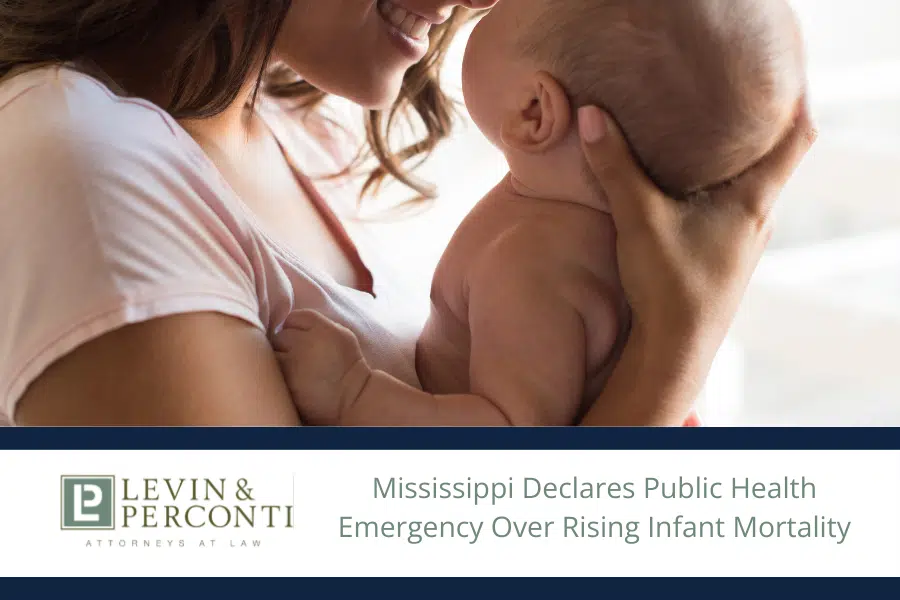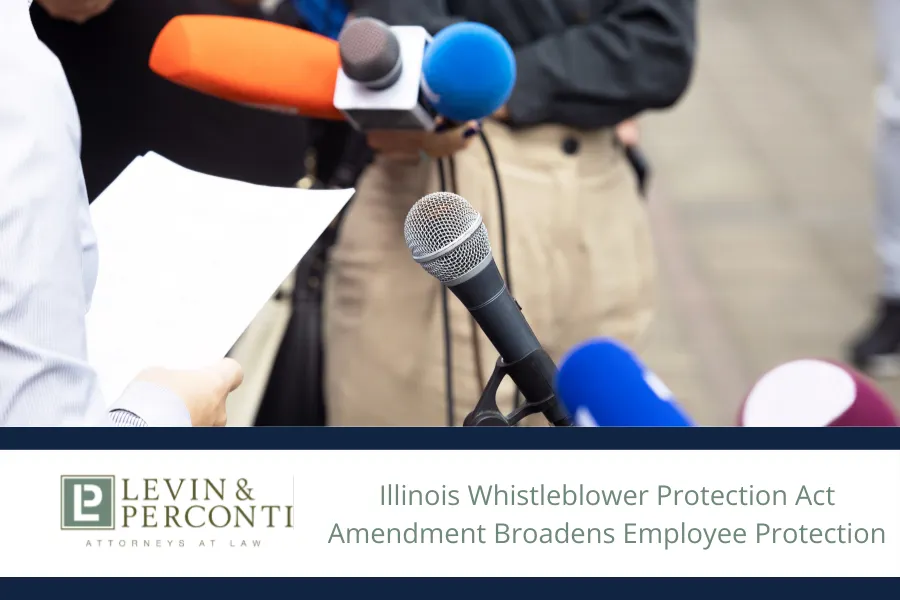
Content Reviewed by:
John J. Perconti
Content Reviewed by: John J. Perconti
Accordion Content
John J. Perconti is one of the nation’s leading medical malpractice attorneys with over 40 years of experience litigating medical malpractice and personal injury cases in state and federal courts. He studied pre-med before law school, which gave him an in-depth understanding of complex medical issues that have played an important role in his success. Having lost his father at age nine, he understands how injuries and deaths affect families. He has won numerous multimillion-dollar record verdicts. His honors and awards include a Lead Counsel Rating in Elder Law, Best Lawyers in America, and Illinois Super Lawyers.
Distraction can be a dangerous thing, and our young drivers are suffering most of all. In fact, drivers in their 20s make up a staggering 27% of all distracted drivers in fatal car accidents. The United States Department of Transportation’s National Highway Traffic Safety Administration estimates that thousands of people are killed each year in distraction-related crashes, and approximately 424,000 additional people are injured. This number has been steadily rising, and that is a cause for serious concern, especially with technology becoming more and more a part of our drive.
Distracted driving includes any activity that has the potential to divert your attention away from the road when driving. We often have dozens of things to distract us in our vehicles at any one time. It is important to communicate the facts about distracted driving to loved ones and young drivers, to ensure that the next generation understands the responsibility they have as drivers and tech-users.
Here are a few quick facts about distracted driving to get the ball rolling:
Distracted Driving Accidents are Drastically Underreported-It is estimated that during 2013 (the most recent year in which data was available) 424,000 people were injured because of an accident involving a distracted driver. That’s an incredible number, and what’s worse, we know that the majority of accidents, injuries and fatalities involving distraction are underreported, and are incorrectly attributed to another factor.
Hands-Free Devices Are NOT Much Safer Than Hand-Held Technology-This is one of the most important misconceptions that public education must dispel. Several studies have shown that headset and hands-free devices make little difference when it comes to traffic accidents, and many states are now adopting laws that reflect this realization. When operating your car, the best thing you can do is just wait to check your phone until after your car is safely in park.
Young Drivers Are at the Greatest Risk-Approximately 40% of all American teenagers report that they have been in a vehicle with someone who put them in danger because of being distracted by their cell phone. Studies have shown that drivers under the age of 25 are two to three times more likely to send text messages or e-mails while driving, and the combination of this overconfidence and teens’ relative lack of experience only exacerbates the problem.
Sending and Receiving a Text is Like Driving Blind-According to the Virginia Tech Transportation Institute, the act of sending or receiving a text message takes a driver’s eyes and attention away from the road for an average of 4.6 seconds. To put that into perspective, if you are traveling at 70 miles per hour on a highway, taking your eyes away from your primary task of driving for almost 5 seconds equates to driving well over the length of a football field completely blind.
Passengers Often Spell Trouble-Whether it’s crying babies, your friends, or a backseat driver, passengers can take your attention away from the road completely, and put everyone at risk. If you find yourself in a vehicle with distracting passengers, establish basic ground rules and let them know that they need to be considerate of you while you are driving. (Distraction.Gov)
Choosing not to drive distracted means choosing to keep yourself and everyone else around you safe on the road. Make the responsible choice.



